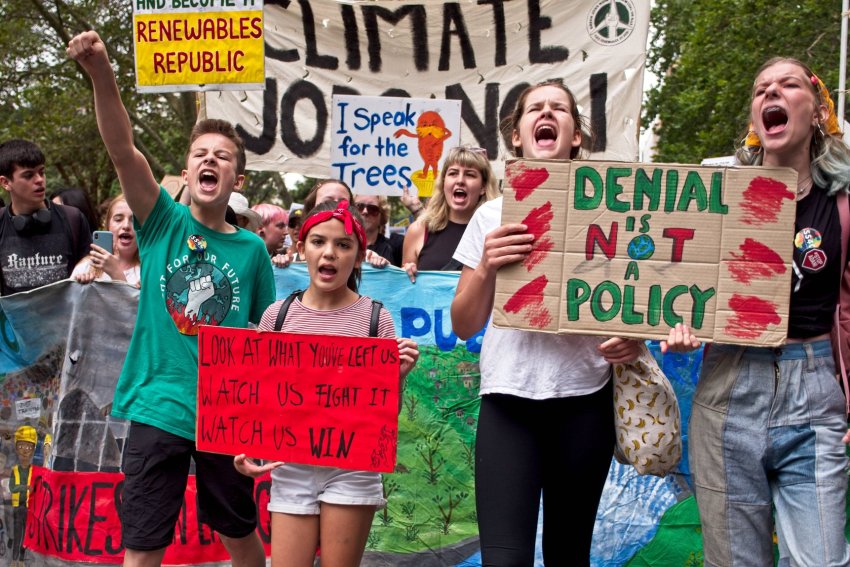
Five studies, all published in the past six weeks, indicate that global heating is intensifying more rapidly than expected, giving increased urgency to our common cause.
1. Climate sensitivity measures how much global temperatures will rise for a given increase on atmospheric carbon dioxide. Getting it right is essential for predicting how hot it is going to get.
Based on existing climate models, virtually all climate forecasts assume that doubling the carbon dioxide level will cause temperatures to rise 3°C, but it seems we underestimated the impact of high-level clouds, which trap heat. The journal Nature reports that several recent modelling studies, from respected climate scientists, have concluded that doubling CO2 will actually cause temperatures to rise by 5°C or more.
If this is correct — and the evidence seems pretty good — then the need for rapid action to cut emissions is even stronger than we thought.
2. A study in the Proceedings of the National Academy of Sciences points out that using “global averages” for warming can be misleading. The problem is that the average includes the atmosphere over the oceans, which is much cooler than the temperature over land. But no one lives on the ocean.
The study’s authors show that if the global average rises 3°C, many places where people actually live will be at least 6°C hotter than today. Depending on exactly how quickly emissions rise, in 50 years, the areas where between 1.5 and 3.5 billion people live will be literally too hot for sustained human life. Those who work indoors and can afford air conditioning will adapt, but for most the only option will be migration or death.
And it gets worse.
3. In the same week, the journal Science Advances published a study that considered not just the effect of temperature, but the combined effect of temperature and humidity, which is often called wet bulb scale or the heat index. When the heat index is above 32, even the strongest people cannot carry out normal outdoor activities for any length of time, and above 35 is deadly. The study found the number of readings above 30 has doubled since 1979, and that readings of 33 or more — previously thought to be almost nonexistent — have already occurred 80 times.
4. Another study, published in Environmental Research Letters, reports that the average US farm worker now works about 21 days a year when temperatures are dangerously high. If the global average rises 2°C, by 2050, the number of dangerously hot days will nearly double, to 39 days a year. According to the US Centers for Disease Control, farm workers in the US already die of heat-related causes at 20 times the rate of other civilian workers.
5. Finally, the Scripps Institute of Oceanography reports that the concentration of CO2 in the atmosphere reached 417 parts per million in May 2020, the highest monthly total ever recorded.
The COVID-19 recession has not caused any significant slowdown. If emission reductions of 20–30% were sustained for 6 to 12 months, then the rate of increase would be slowed — but the total would keep going up. This illustrates how difficult it will be to stop climate change, and completely undermines any idea that global heating can prevented by individual behaviour change while continuing business as usual.
[Ian Angus edits Climate and Capitalism. This article is adapted from a report presented to the Global Ecosocialist Network.]